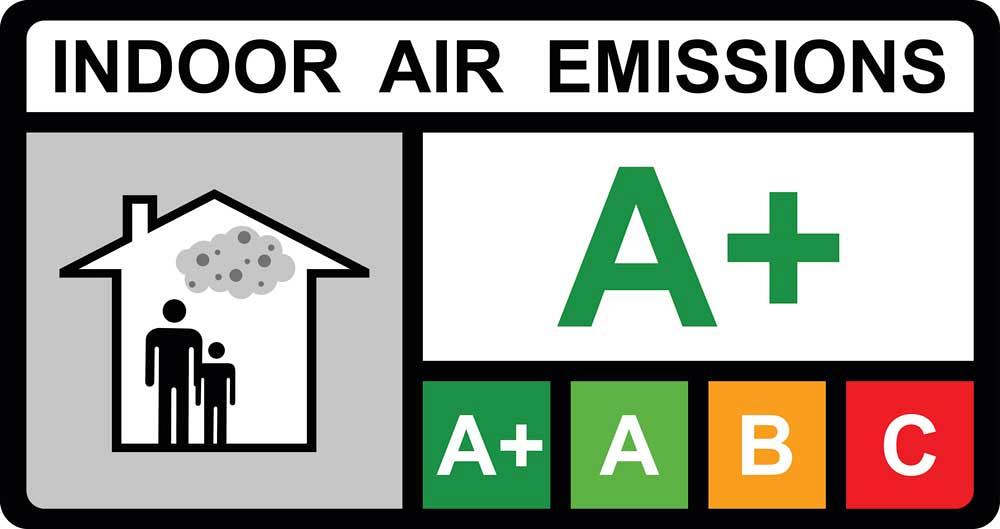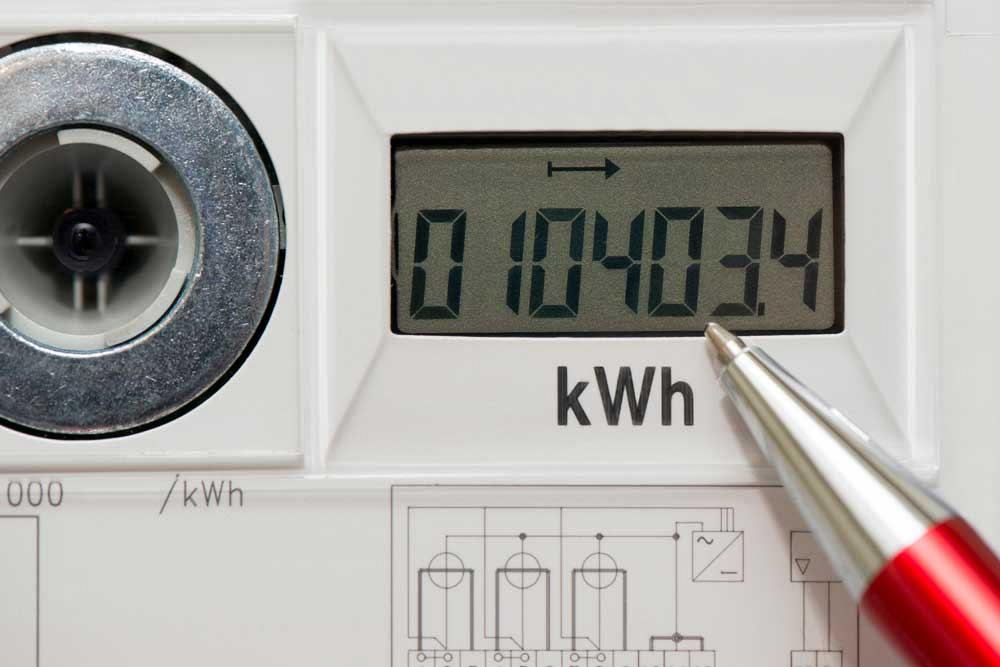Contributing Writer
- FMA
- The Fabricator
- FABTECH
- Canadian Metalworking
5 considerations for employing sustainable manufacturing practices
It’s not easy being green
- By Jack Warner
- March 20, 2018
- Article
- Management
The manufacturing sector significantly contributes to the gross domestic product of the Canadian economy; however, this sector has also contributed to the inefficient utilization of energy and increased carbon emissions, posing a threat to the environment.
In 2015 the manufacturing sector (including primary metal, paper, chemical, and petroleum and coal) accounted for nearly 75 per cent of Canada’s total energy consumption. Moreover, the nation’s greenhouse gas (GHG) inventory reported a consistent upward trend in carbon emissions between 1990 and 2015. As a result, the Canadian government is encouraging manufacturing firms to help in fulfilling its commitment to reducing the nation’s GHG emissions by 20 per cent in the year 2020.
The manufacturing sector has a huge role to play in creating products that minimize the negative environmental impact and conserve energy and natural resources. Adopting sustainable manufacturing practices can help firms reduce their GHG emissions; enhance their brand image; gain a competitive edge; and build trust among the investors, regulators, and customers.
Here are five strategies you must consider if you plan to adopt sustainable manufacturing practices in your firm.
1. Evaluate and Optimize the Use of Fossil Fuels
Manufacturing equipment’s electric motors, heaters, pumps, hydraulic and pneumatic systems, and air compressors consume a large amount of energy. Moreover, manufacturing processes, namely process heating and steam generation, rely heavily on natural gas, coal, petroleum, and electricity to raise the temperature of the components used in the factories.
The first step toward making your production plant greener is to find out the energy usage patterns, the equipment efficiency, and the additional amount of energy required by your firm. As a manufacturer, you can monitor the energy a piece of equipment consumes using embedded software or external tools such as sensors and energy management systems (EMS).
Hiring a certified external energy auditor will help you assess your firm’s energy consumption and identify the possible loopholes in the production process. The audit report will point out the relevant measures that can improve your firm’s energy efficiency, reducing the manufacturing costs and the negative effects on the environment.
2. Engage in Waste Management
Industrial waste includes all the hazardous and non-hazardous byproducts of the manufacturing processes. If not treated, the toxic industrial wastes, namely chemical pollutants, can enter the water table, causing irreparable damage to the environment.
Moreover, the government laws and regulations require firms to dispose of their industrial waste in a safe and effective manner.
The principles of sustainable manufacturing practices urge manufacturing units to employ effective waste management and recycling strategies to improve their operational efficiency and minimize their environmental footprint.
Industrial waste management involves reducing the residual waste by streamlining operations and implementing recycling programs and waste-minimization practices. For instance, Panasonic is implementing waste management strategies to recycle sludge into dehydrated powdered sludge that can be used by cement companies to produce cementing mixtures.
The manufacturing industry has a huge potential to recycle its own byproducts. Consider classifying the waste that your manufacturing unit frequently generates into the following categories:
- Recyclable waste that can be used within the plant or sold off.
- Waste that can be reduced in size by dehydration or incineration or moulded into something useful.
- Waste that is biodegradable and can be used for landfills.
Depending on the type of waste, make a detailed recycling strategy to manage the waste effectively, enabling you to minimize the amount of waste sent to the landfills, protect the diminishing resources, and minimize hazardous waste.
3. Use Energy-efficient Components
Replacing old and inefficient equipment and components with energy-efficient ones is a smart way to lower your energy and utility bills while minimizing its adverse impact on the environment.
For instance, if the energy audit reveals that the equipment’s motor is consuming more energy than necessary, it is wise to either replace it or find ways to improve its efficiency so that it uses less energy and reduces the operating costs while conserving natural resources.
Advancements in technology are enabling manufacturers to apply energy-efficient appliances that use less energy and reduce waste heat, cutting down the overall operational cost and minimizing the carbon footprint.
4. Switch to Renewable Sources of Energy
The world’s most influential organizations, such as IKEA, Google, Panasonic, Tesla, and Nike, are switching to 100 per cent renewable energy by investing in utility-scale solar and wind projects. This paradigm shift to renewable sources of energy (sunlight, wind, and water) is enabling manufacturers to minimize their dependence on fossil fuels, reducing utility bills, boosting profitability, and enhancing their corporate image.
To make your manufacturing unit sustainable in the long term, gauge your firm’s power consumption and involve a professional organization that specializes in solar and wind energy projects. Alternatively, you may also work with a local energy provider that uses these green energy sources to generate power that is free of carbon emissions and other GHG.
5. Employ Pollution-Prevention Strategies
The manufacturing sector is a huge source of air, water, land, and sound pollution, posing a serious threat to the environment we live in. Employing pollution-prevention strategies can save you a considerable amount of time and money, enabling you to foster a sustainable future.
The byproducts of chemicals, namely solvents, heavy metals, alkalis, and acids, have harmful effects on the ecosystem. Moreover, several firms use non-ecofriendly ingredients and packaging materials, discouraging sustainability and recycling of products. Avoid purchasing raw materials and machinery from such companies. Instead, support companies that promote “green” methods of production and use recycled materials, that contribute to a healthy environment.
Regularly monitoring the air quality in the manufacturing plant will enable you to keep a check on the levels of harmful particulates and take corrective measures to reduce the pollution. For instance, if high levels of sulfur oxides, hydrocarbons, and carbon dioxide are being produced by the industrial activities in your factory, using filters on the smokestacks will help sift the toxic emissions before they are released in the air.
Contributing writer Jack Warner can be reached at info@canadianmetalworking.com, Power Jack Motion.
About the Author
subscribe now


Keep up to date with the latest news, events, and technology for all things metal from our pair of monthly magazines written specifically for Canadian manufacturers!
Start Your Free Subscription- Industry Events
ZEISS Quality Innovation Days 2024
- April 15 - 19, 2024
Tube 2024
- April 15 - 19, 2024
- Düsseldorf, Germany
Lincoln Electric's Large Format 3D Metal Printing Seminar
- April 16 - 17, 2024
- Cleveland, OH
CTMA Economic Uncertainty: Helping You Navigate Windsor Seminar
- April 30, 2024
- Windsor, ON Canada
MME Winnipeg
- April 30, 2024
- Winnipeg, ON Canada
























